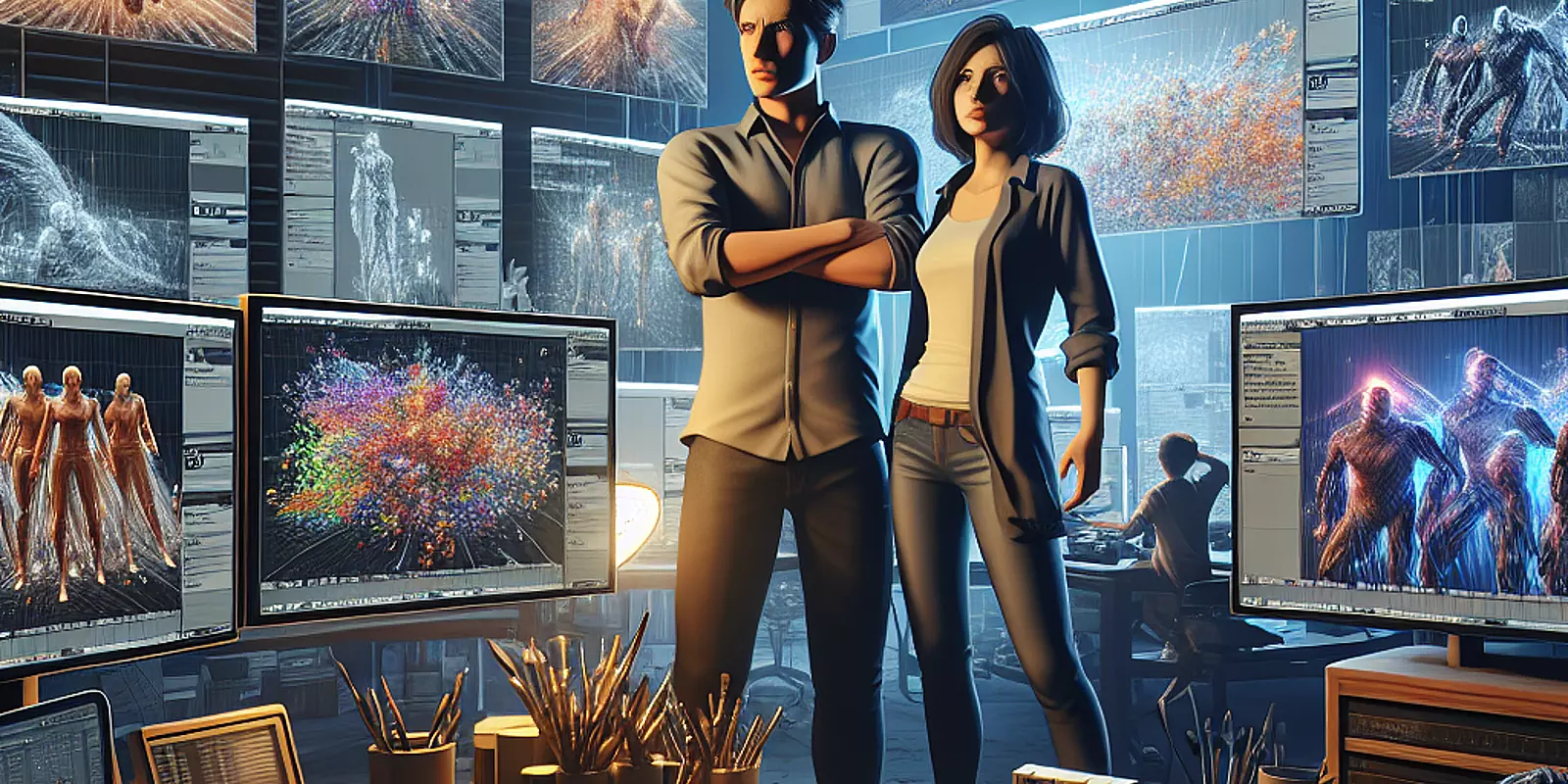
Mastering the Art of 3D Rendering: Turning Challenges into Opportunities
The fascinating domain of 3D rendering is renowned for its creativity and innovation. However, it often throws up obstacles that can frustrate and bewilder even the most experienced artists. For those working with Blender, the rendering journey can resemble a maze—with progress towards breathtaking visuals interrupted by technical glitches or human errors. These challenges are much more than simple annoyances; they are pivotal in testing the resolve and ingenuity of artists, directly affecting their workflow and creative output. In this post, we explore common rendering challenges and highlight how overcoming them can build resilience and promote a more insightful approach to 3D art.
3D rendering software like Blender combines creative brilliance with technical complexities, often resulting in hurdles such as GPU errors or extended rendering times. These challenges can not only jeopardize artistic visions but also impact deadlines and professional obligations. Grasping these struggles is essential to fostering resilience and empowering artists to confront difficulties directly.
Technical issues are infamous for disrupting the rendering process. Issues like GPU failures—caused by overheating, outdated drivers, or insufficient memory—can lead to unresponsive software or even render cancellations. Effective solutions include proper hardware maintenance, regular driver updates, and ensuring compatibility between system specifications and project needs. Regular incremental saves and making use of Blender's autosave feature can shield against crashes. Moreover, community forums are invaluable resources for finding software bug solutions, transforming potential nightmares into manageable challenges.
Human errors in 3D rendering can manifest as incorrect camera setups, miscalculated scene scales, or lighting misconfigurations, leading to blurred or disproportionate images. Addressing these issues requires a structured approach to scene setup with checklists to verify camera angles, lighting, and material accuracy. Test renders with simplified settings can help diagnose and tackle potential problems before the final render, streamlining workflows and reducing frustration.
Blender artists frequently share stories of rendering mishaps. An artist might refine a complex scene only to face a GPU error during the final render, highlighting the importance of compatibility checks and contingency planning. Teams have salvaged projects from corrupt scene files under tight deadlines by relying on incremental backups, underscoring the criticality of robust backup strategies. These shared experiences foster a sense of camaraderie and resilience among artists, pushing them to learn and adapt.
Facing rendering challenges develops resilience, an essential skill for any artist. It encourages creative problem-solving and broadens technical expertise, turning missteps into innovation opportunities. For instance, addressing missed lighting can lead to unexpected design inspirations that enhance the narrative. Embracing these setbacks not only strengthens technical prowess but also cultivates a solution-oriented mindset, transforming rendering challenges into invaluable learning experiences.
Rendering tests an artist’s vision and technical skills. Especially for Blender users, this phase blends GPU capabilities and lighting choices to create compelling visual stories. Mastery of these components ensures smoother transitions from model to masterpiece, guarding against rendering delays or quality issues. Emphasizing a comprehensive understanding of these elements helps prevent minor errors from compromising the final product.
In conclusion, challenges in 3D rendering are opportunities in disguise. By navigating technical glitches and human oversights with resilience and creativity, Blender artists not only advance technically but also cultivate a mindset ready to innovate and excel in future projects. Every rendering challenge becomes a pivotal step in mastering the art of 3D visualization.